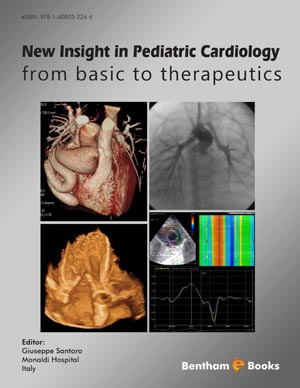Abstract
Despite current trends toward primary repair, surgical systemic-to-pulmonary shunt is still an invaluable palliative option in some patients with congenital heart defects and duct-dependent pulmonary circulation. However, arterial duct stabilization with high-flexibility coronary stent could be an effective alternative in high-risk surgical candidates or whenever a short-term pulmonary blood flow support is anticipated. This paper highlights history, methods and results of this attractive mini-invasive palliative approach to cardiac malformation with duct-dependent pulmonary circulation. Based on ductal origin and morphology, stenting procedure can be perfomed from arterial or venous route. Following arterial duct angiographic imaging, the stabilizing stent is chosen to completely cover the entire ductal length and dilated slightly less than the proposed surgical shunt. Procedural failure mainly depends on ductal tortuosity and ranges around 10% of cases. Morbidity and mortality are 8-11% and less than 1%, respectively. Mid-term fate of the stented duct is spontaneous, slow and progressive closure within a few months. Compared to Blalock-Taussig shunt, stented duct result in similar but more uniform pulmonary artery growth over a mid-term follow-up.
In conclusion, arterial duct stenting is a technically feasible, safe and effective palliation in congenital heart disease with duct-dependent pulmonary circulation. It is advisable either in high-risk neonates or whenever a short-term pulmonary blood flow support is anticipated. The stented duct appears less durable than a conventional surgical shunt although it is highly effective in promoting a global and uniform pulmonary artery growth.
Keywords: Congenital heart disease, duct-dependent pulmonary circulation, patent ductus arteriosus, arterial duct stenting, tetralogy of Fallot, systemic-topulmonary shunt, pulmonary artery discontinuity, pulmonary artery growth, pulmonary atresia, Ebstein anomaly.






















